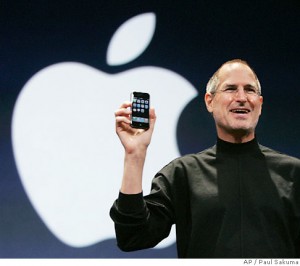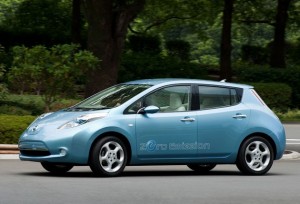Garbage is golden?
by heathercrawford ~ November 16th, 2010A green entrepreneurial company that has revolutionized consumers’ views towards garbage is a company in Trenton, New Jersey called Terracycle. Founded by Tom Szaky, CEO, in 2001 the company’s goal is to inform the world that there are many opportunities for garbage; the landfill isn’t the only option. Terracycle accomplishes its goal by turning unrecyclables into cool consumer goods, such as school supplies and gardening tools, saving over 3 billion pieces of garbage from landfills each year. The eco-friendly products produced by Terracycle generated $250 million in retail sales and expect to continue to grow as the company is doubling its number of employees each year. Their products are sold at Target, The Home Depot, Wal-Mart, and K-Mart, as well as online. Terracycle is also revolutionizing business by paying people to collect the garbage for the products that they sell. Anyone can help Terracycle to full-fill the goal of keeping less in the landfills and making the most eco-friendly way possible. Terracycle has also made a huge effort to share its profits will the community by donating money to schools and non-profits. To date Terracycle has donated almost $1.5 million and wants to continue to donate more in the future. At a time when green business is generating great business it is easy to see that Terracycle will continue to grow into the future, both giving back to the community and taking a load off Mother Nature.

http://www.entrepreneur.com/magazine/entrepreneur/2010/june/206722-5.html
http://media.terracycle.net/07-01-08_nj_entrepreneur/07-01-08_nj_entrepreneur.htm









